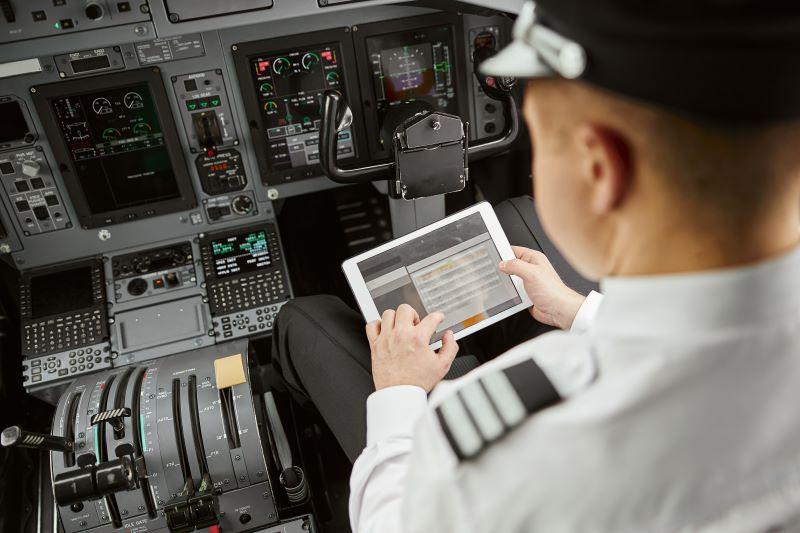
HAMBURG—The inflight connectivity (IFC) industry’s greatest challenge is facing “insatiable demand” for capacity and currently limited ability to grow, one of the sector’s leaders said at AIX in Hamburg June 14.
“It takes a while for things to come to fruition with satellites,” Intelsat Commercial Aviation President Jeff Sare told Aviation Daily at the show.
The near-future would see a change in that situation, at least for Intelsat, however, when the company’s new Low-Earth Orbit (LEO) and Medium-Earth Orbit (MEO) satellites came on line.
Demand was growing from both passengers and crews, Sare said. “What you’re seeing is more and more demand for streaming in aircraft than we’ve ever seen,” Sare said. “It’s not because passengers want more streaming, it’s because media providers put everything in a streaming format. The whole industry is moving that way. So, whatever you’re going to do [as an airline] in your aircraft, you’re going to have to embrace that feature.”
A less obvious but longer-term trend is operational demand for connectivity from crews, Sare said, adding, “Crew can’t do their job any longer without having a connection on the aircraft.” Crew Resource Management and everything from taking payments to ordering meals required connectivity. “These kind of demands are ever-increasing,” he said.
Asked if there was sufficient satellite capacity to handle the increasing demands from passengers and crews, Sare said it depended where in the world the aircraft was located and what the airline wanted to do with that connectivity. “At this instant, [I would say] no. But in the near future, I would say yes, when you add the LEO and MEO software-defined satellites we are putting on,” he said.
Intelsat used the first day of AIX to announce the launch of a new IFC solution for use by airline customers. The new electronically scanned array-based antenna gives users the ability to switch from satellite to satellite more quickly than possible with traditional mechanically steered systems. It is the first in a new line of terminals with the capability to interoperate with Intelsat’s established geostationary satellites (GEO) in addition to the new LEO or MEO satellites.
LEO satellites will deliver improved performance with some cloud-based productivity applications, quicker browsing and interactive experiences on a global basis. Unlike previous airline Wi-Fi solutions, LEOs provide coverage in polar regions, adding hours of connectivity to intercontinental polar flights.
The new terminal fits a variety of aircraft. The terminal stands 3.5 inches high on the fuselage in a low-profile installation.
Intelsat anticipates a first installation on a company Bombardier CRJ-700 regional jet later in 2022, with production installations roughly a year later.

